For most of us, the book, and then the movie “Gone With the Wind” has fixed forever in our minds an image of the South that is far removed from the grim reality of the terrible consequences of those years from 1861 to 1865. According to Wikipedia, the Civil War remains the deadliest war in American history, resulting in the deaths of 620,000 soldiers and an undetermined number of civilian casualties. According to John Huddleston, “Ten percent of all Northern males 20–45 years of age died; as did 30 percent of all Southern white males aged 18–40.” So many young women were wearing mourning attire that at one point the governor of Mississippi tried to enact legislation to ban the wearing of widow’s weeds, because so many women dressed entirely in black were influencing the morale of the entire state.
Perhaps the reason that we notice the gowns of the era is because they present such a stark contrast to the reality of a South that had been cut off to access to the mills in the North. New clothing, most especially the lovely fabrics favored by the upper class at the time, would have been very difficult if not impossible to come by. I can well imagine that those intrepid Southern Belles just went ahead and wore the best clothing they had in spite of a war that was turning their entire society upside-down. The term Antebellum or ante-bellum (literally, Latin for “before the war”) refers to the time period preceding the war. The Antebellum Era in the United States refers to pre-Civil War America, especially the pre-Civil War culture in the southern states. Even though we call them “Civil War Dresses”, it is the lovely flowing styles from the pre-war period that have endured in our minds and become the ultimate symbol of femininity for so many women.
In addition to the long very full skirts with hoops with elaborate overskirts, bodices of this period usually feature a slightly dropped sleeve. The top of the sleeve is usually about an inch “down” from the point of the shoulder. For day wear, the bodice is usually very modest with a high neckline and long or three-quarter sleeves. Even when made up in a simple calico, these dresses often feature lovely detail like lace or piped seams. For evening wear, the bodices feature very wide necklines – often off the shoulder. Evening gowns are usually made of fine fabric, and feature all sorts of frothy embellishment.
With this year marking the 150th anniversary of the Civil War, Recollections has made a special effort to re-create several gowns that serve as examples of the best antebellum styles we love. They feature generous amounts of ruffles, lace, and rich fabrics enough to please any lady’s heart. Full skirts supported by swaying hoops make waists seem tiny, and off-the-shoulder bodices make room for lovely chokers and fabulous hairstyles. The easiest way to find these lovely gowns quickly on the Recollections site is to go down the left-hand side of the main screen and click on “by Historical Era”, and then select “Civil War Era”. This author’s current favorite is the “Arabella” (code 50212R). In addition to being made up in your choice of fabulous brocades, the lace embellishment is fairly dripping with pearls. Who can resist such a treasure? I also love the Silk Stripe Civil War Gown (code 110205) specifically because of the stripes. Victorians loved stripes and plaids, and did wonderful things that incorporated these special patterns – like making tucks in the fabric so that a green and white striped gown might appear to have a green bodice. (Note: Striped and plaid fabrics took more yardage and more time to match up the patterns and were therefore more expensive that similar dresses made up in plainer fabrics. Therefore a striped or plaid dress marked the wearer as being better off than her contemporaries.) In Recollections version of the striped gown, I especially love that the striped fabric has been cut at an angle to accent the back of the bodice (so flattering!), and that the same fabric has been cut on the bias to make piping at the head of the dropped sleeves – such a lovely detail!



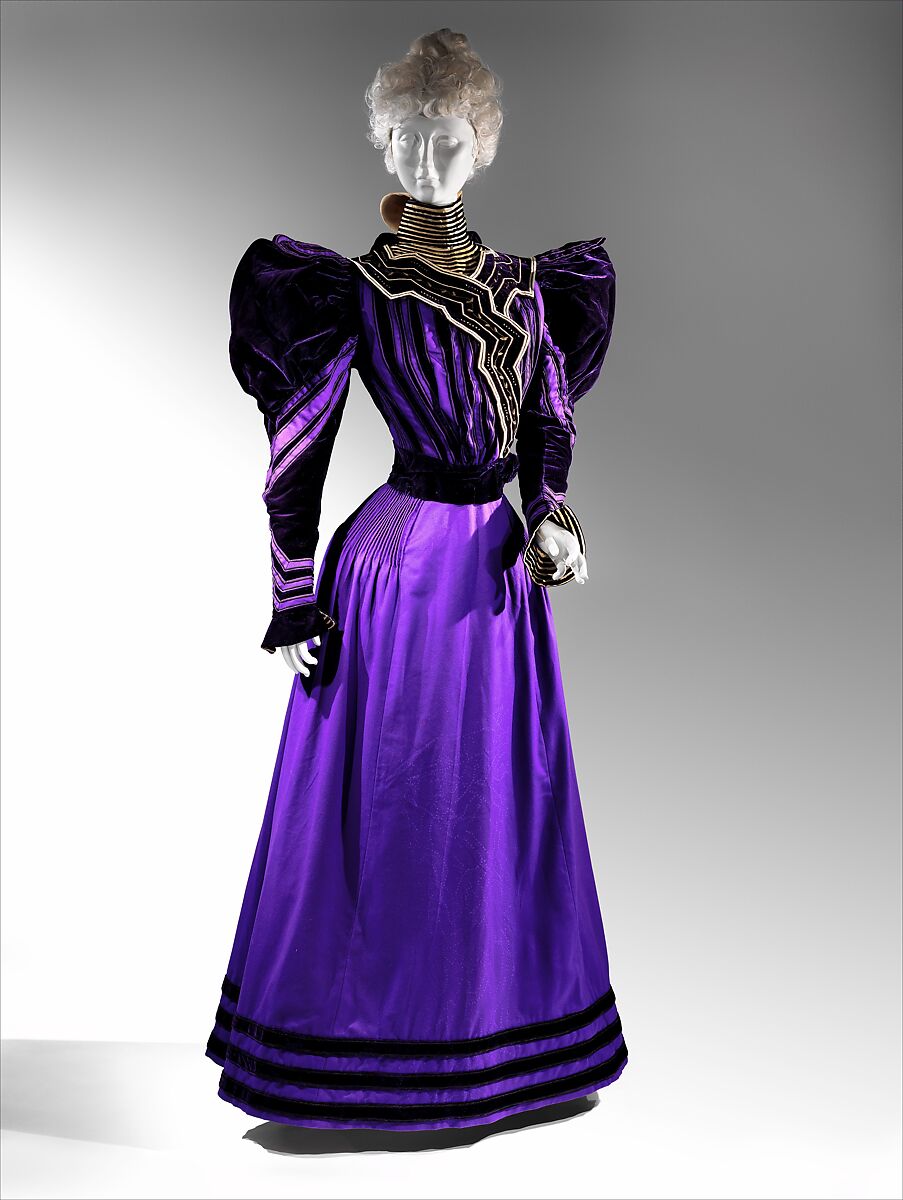

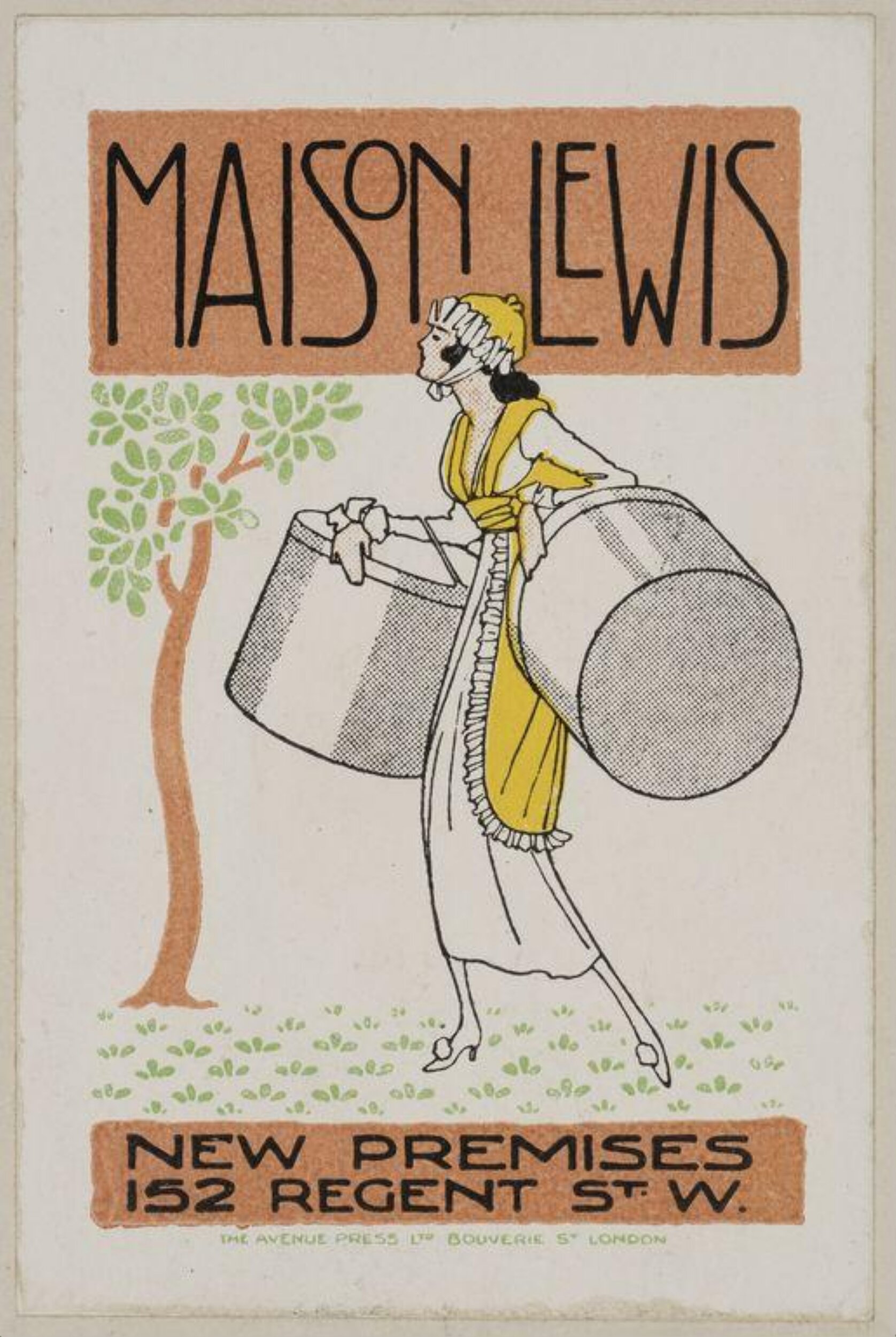
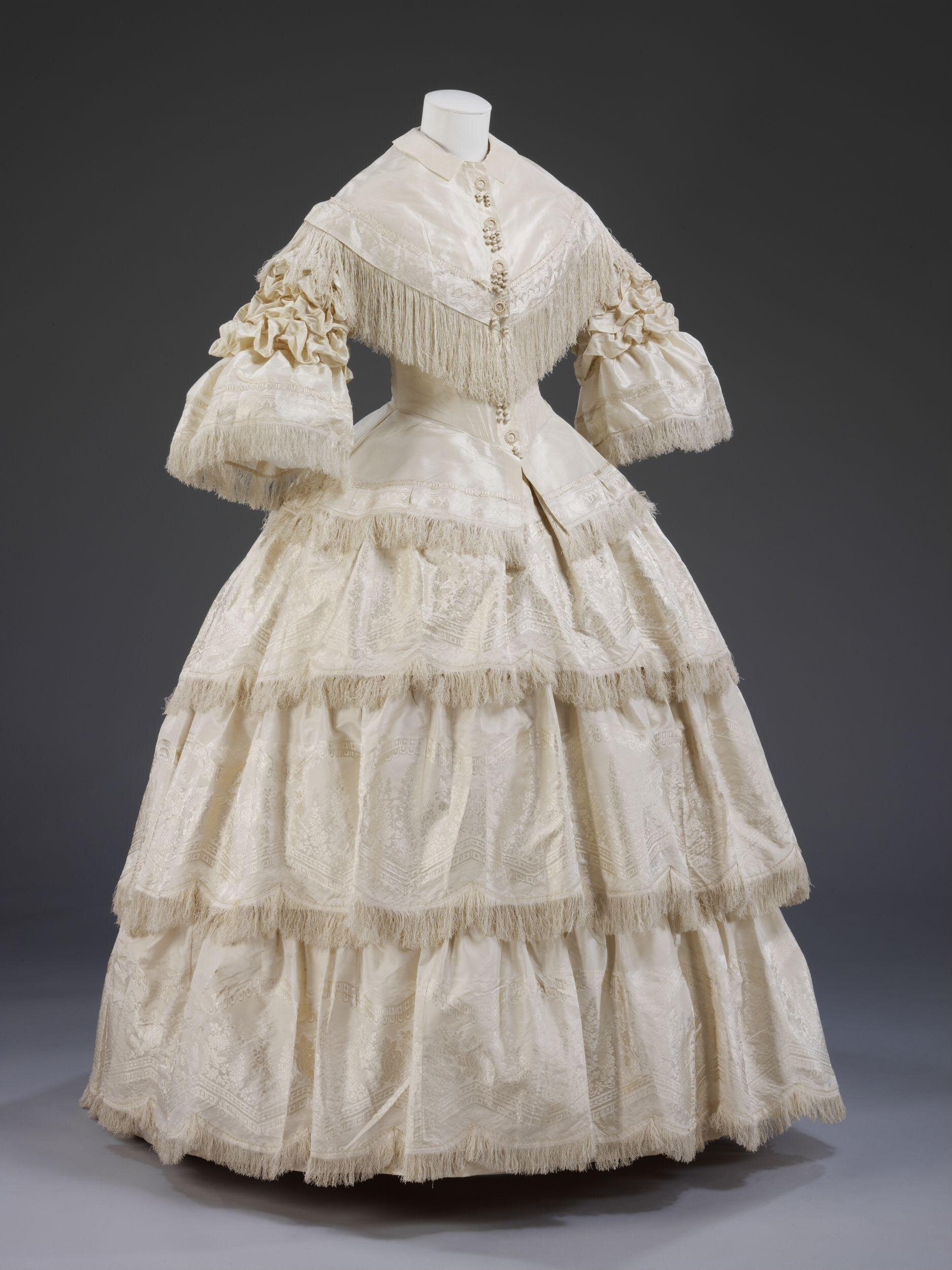
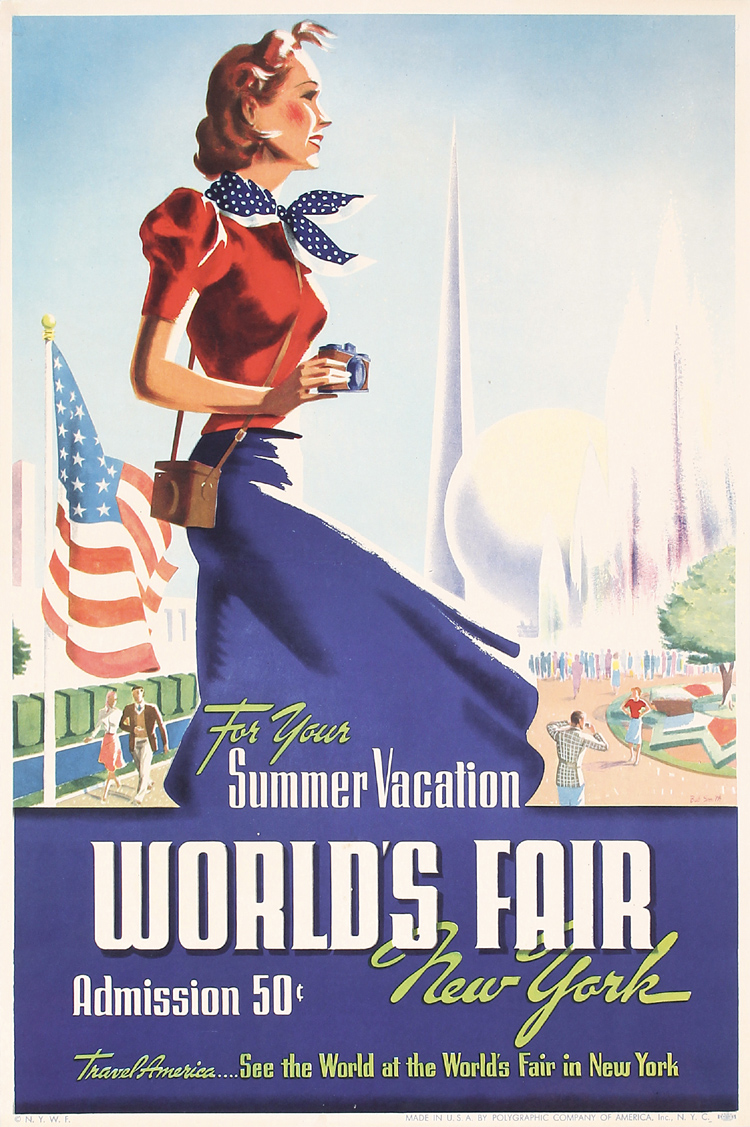
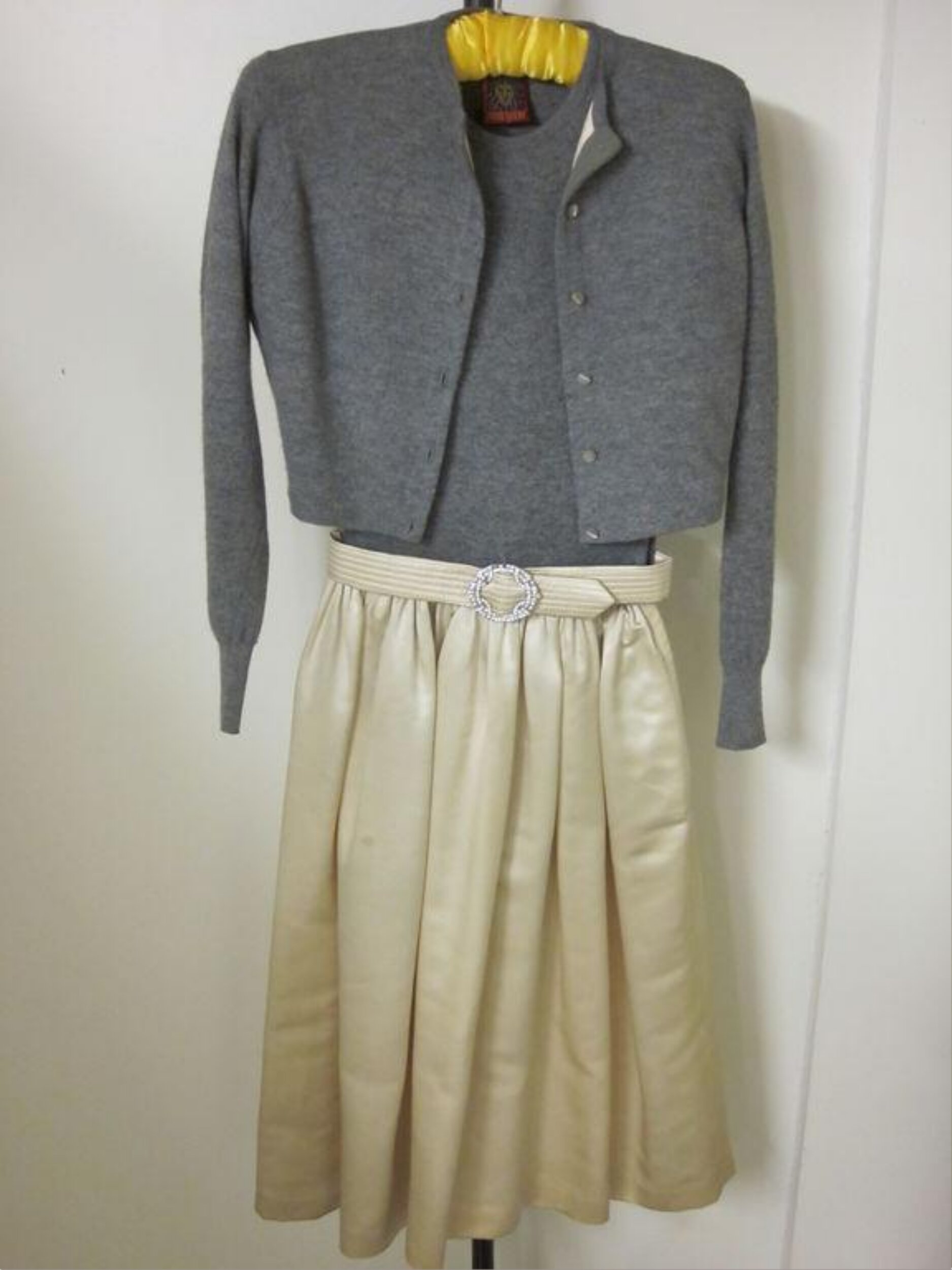
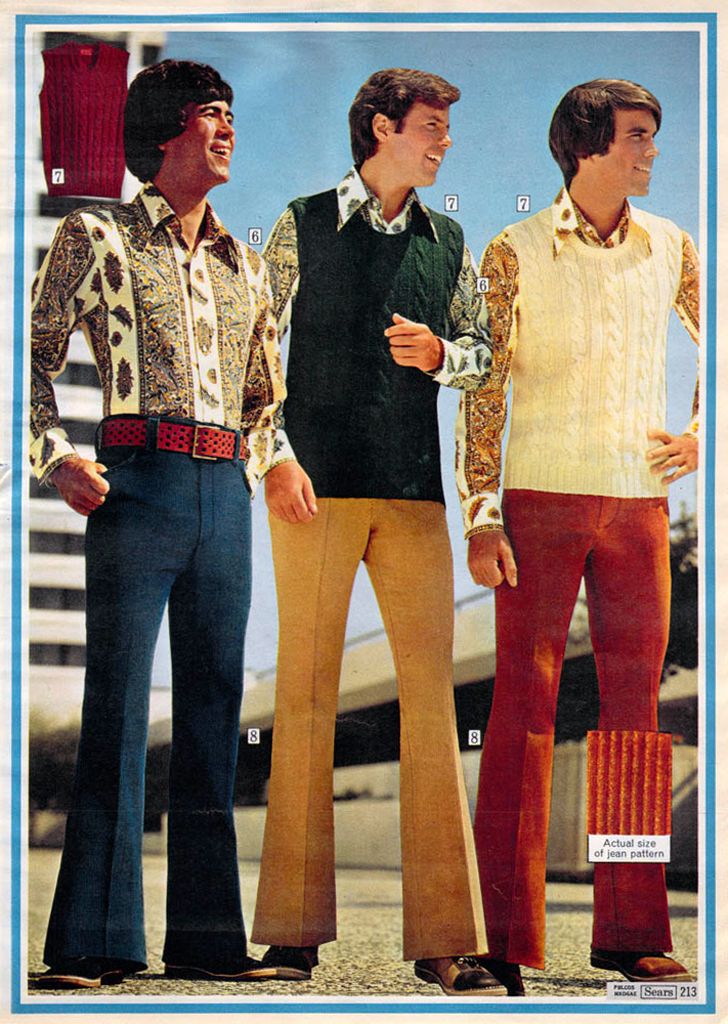
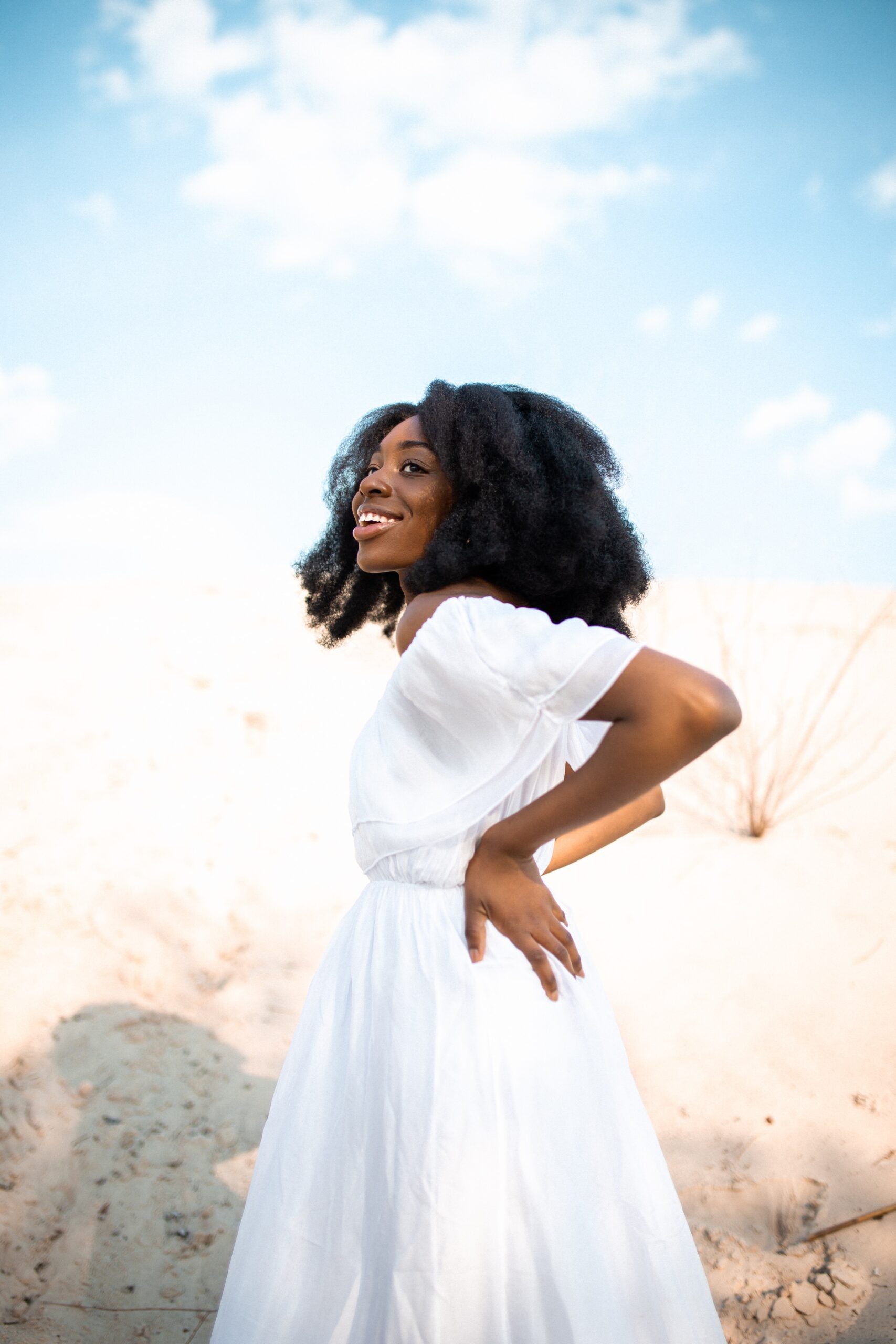
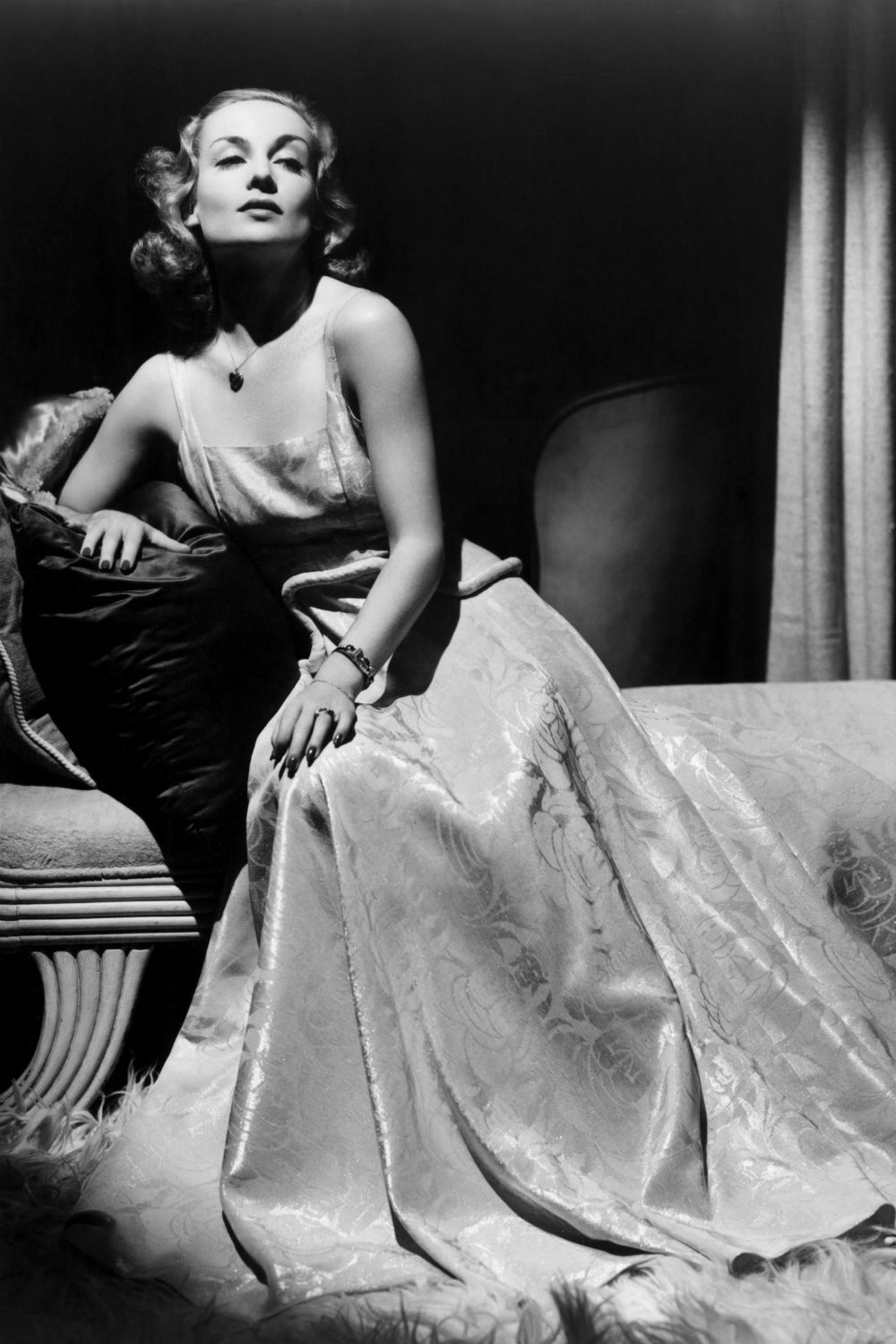
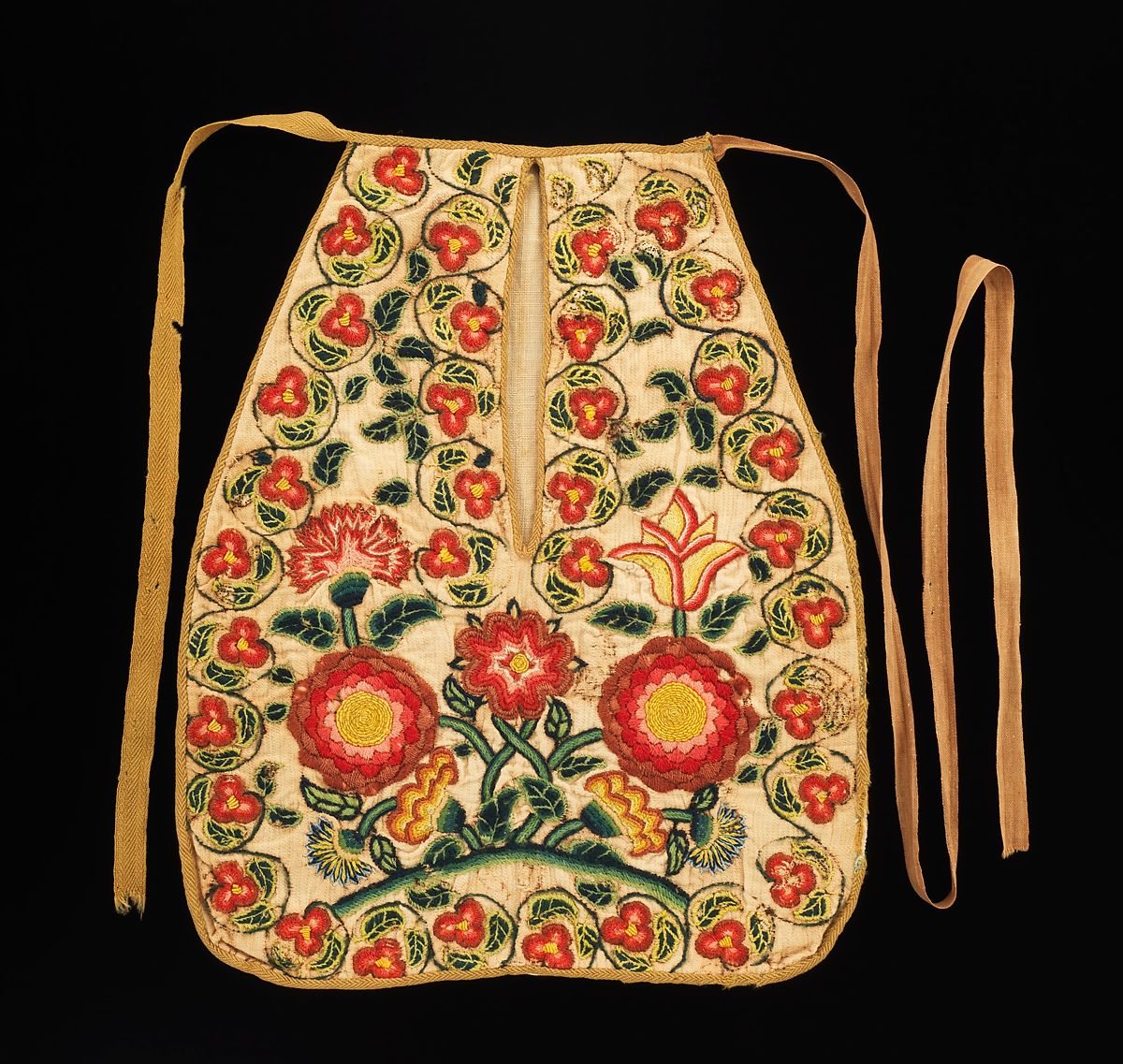
Leave A Comment